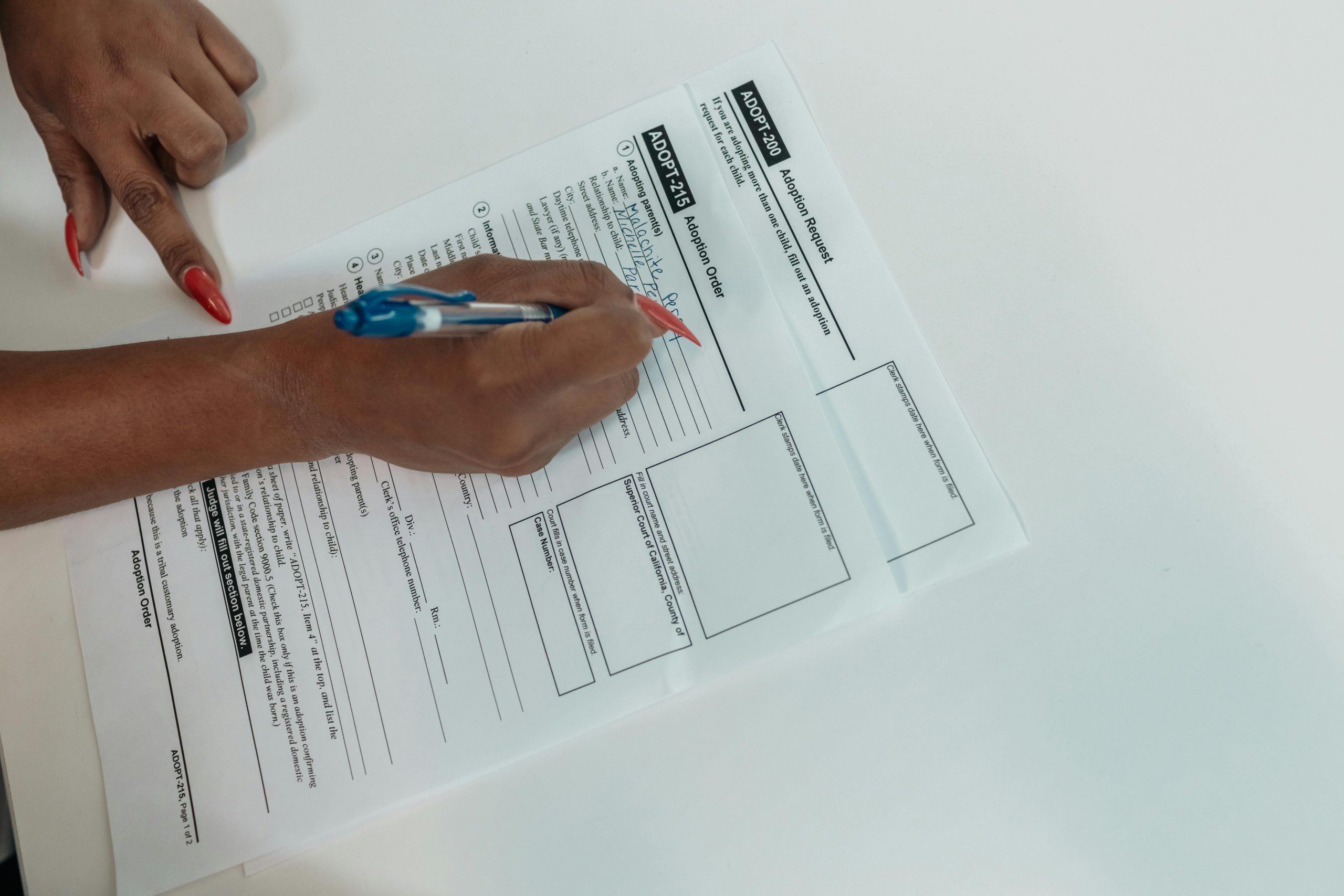Liability and Determining Fault
I’m in California, and about a month ago, I had an incident where a woman side-swiped me while trying to merge into my lane. She had her blinker on for quite some time, which my dash cam clearly captured, and she had several chances to change lanes safely. Ultimately, as I was passing her, she hit my rear passenger door. Upon reviewing the footage, I noticed she hesitated for just a moment before making the lane change.
My insurance has confirmed that I’m not at fault, stating that a turn signal is merely a notification and not a guarantee of right-of-way. However, the other driver’s insurance (Connect, powered by AmFam) is claiming that they will only assign 85% responsibility to her and 15% to me, based on additional dash cam footage they’ve obtained.
My insurance has refuted the 15% liability since I was in my lane for a significant amount of time (at least 10 minutes) and wasn’t obligated to yield to her. My question is: Is the other party’s insurance required to provide me with the new dash cam footage they claim to have? Also, is it possible for them to end up accepting 100% liability for the other driver? Has anyone experienced a similar situation where the other insurance eventually took full responsibility? Thanks for reading, and I appreciate any insights!




It’s understandable to feel frustrated in this situation. In California, fault determination can be complex, especially in cases like this. Here are a few points to consider:
Dash Cam Footage: Generally, insurance companies are not legally required to disclose evidence, such as dash cam footage, unless you formally request it through legal means or a subpoena. However, you can ask the other driver’s insurance for the footage and explain your reasons for the request. They may choose to provide it to promote transparency or settle the claim.
Liability Determination: California is a comparative negligence state, which means both parties can share fault. However, if your insurance has already determined you’re not liable, that carries significant weight. It can influence negotiations with the other driver’s insurance.
Reopening Liability Claims: If new evidence (like the new dash cam footage) emerges that significantly alters the understanding of the incident, it is possible for liability to be reassessed. However, if your insurance maintains that you are not at fault, it could be challenging for the other party’s insurer to change their position completely without stronger evidence.
Negotiation: If you believe the other driver’s insurance is being unfair, you can advocate for a reassessment of the liability based on the evidence you have. Sharing your footage could help with this process.
Potential Outcomes: It is indeed possible for the other insurance company to eventually accept full liability, especially if they realize their initial assessment was flawed or if the evidence strongly favors your side. Keep the lines of communication open with both your insurance and the other party’s insurance.
You may also want to consider consulting a legal professional, especially if this escalates or if you see a need for further negotiation. Good luck!